Home>Garden Essentials>How To Install Turf Grass On Concrete
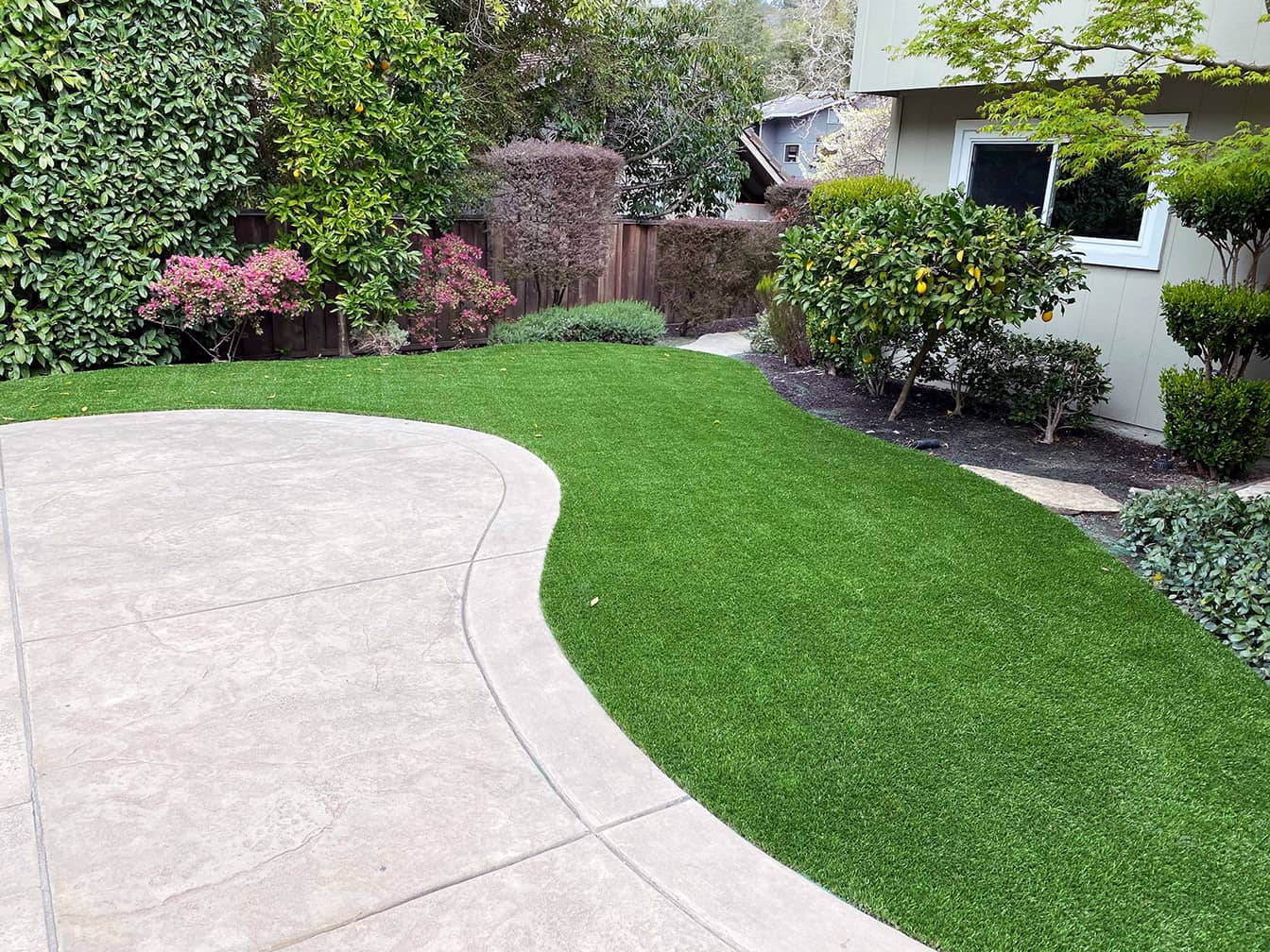

Garden Essentials
How To Install Turf Grass On Concrete
Modified: March 24, 2024
Learn how to transform your concrete space into a beautiful garden with our step-by-step guide on installing turf grass. Turn your dull concrete into a lush oasis today!
(Many of the links in this article redirect to a specific reviewed product. Your purchase of these products through affiliate links helps to generate commission for Storables.com, at no extra cost. Learn more)
Introduction
Welcome to our comprehensive guide on how to install turf grass on concrete. If you have a concrete area in your garden or backyard that you’re looking to transform into a lush, green space, installing turf grass is a fantastic option. Whether you want to create a small grassy area for relaxation or a full-scale lawn for outdoor activities, this step-by-step guide will walk you through the process and help you achieve the desired results.
Installing turf grass on concrete offers numerous benefits. Not only does it provide a soft and comfortable surface for walking and lounging, but it also adds aesthetic appeal to your outdoor space. Turf grass can create a vibrant and natural-looking area, enhancing the overall beauty of your garden. Additionally, it helps cool down the surrounding area, making it an ideal choice for hot climates.
Before we dive into the installation process, it’s important to note that proper preparation and attention to detail are key to achieving successful results. By following the steps outlined in this guide and dedicating time and effort to the project, you’ll be able to enjoy a beautiful and functional turf grass area for years to come. So without further ado, let’s get started with step one: preparing the concrete surface.
Key Takeaways:
- Transforming a dull concrete area into a vibrant turf grass space is achievable with proper preparation, the right turf grass selection, accurate measurements, and diligent care for a beautiful and functional outdoor oasis.
- Installing turf grass on concrete offers benefits such as a soft and comfortable surface, enhanced visual appeal, and a refreshing ambiance. With ongoing maintenance, you can enjoy the beauty and comfort of your new turf grass area for years to come.
Read more: How To Install Turf On Concrete
Step 1: Preparing the Concrete Surface
Before installing turf grass on concrete, it’s essential to properly prepare the surface to ensure optimal growth and longevity of the grass. Here are the steps you need to follow:
- Clean the concrete: Start by thoroughly cleaning the concrete surface. Remove any debris, dirt, or weeds that may be present. Use a broom or a leaf blower to sweep away loose materials, and if necessary, use a pressure washer to remove stubborn stains or dirt.
- Repair any cracks or damaged areas: Inspect the concrete for any cracks or damaged areas. Fill in any cracks with epoxy or concrete repair compound, following the manufacturer’s instructions. Smooth out the repaired areas to ensure a level surface.
- Remove any existing coatings: If there are any existing coatings or sealants on the concrete, they need to be removed to allow proper adhesion of the turf grass. Use a chemical stripper or a concrete grinder to strip away the coatings. Follow the manufacturer’s instructions and take necessary precautions while working with chemicals or heavy machinery.
- Check for proper drainage: Assess the concrete surface to ensure that it has proper drainage. Water should flow away from the area rather than collecting or pooling on the surface. If there are any drainage issues, consider installing a drainage system or consulting with a professional for assistance.
- Smooth out uneven areas: If there are any uneven spots or ridges on the concrete surface, use a concrete grinder or a leveling compound to smooth them out. It’s important to create a level base for the turf grass installation.
By following these steps, you’ll create a clean, repaired, and level concrete surface that is ready for the installation of turf grass. Once you’ve completed the preparation process, you can move on to choosing the right type of turf grass for your project. This will be covered in step two.
Step 2: Choosing the Right Type of Turf Grass
Choosing the right type of turf grass for your concrete area is crucial for achieving a beautiful and resilient lawn. There are several factors to consider when making your selection:
- Climate: Consider the climate in your region. Different turf grass varieties thrive in different climates, so it’s essential to choose one that is well-suited for your area. Some grasses are more tolerant of heat, while others handle cold temperatures better.
- Usage: Determine how you plan to use the turf grass area. Will it be a high-traffic area where children and pets play? Or is it primarily for visual appeal? Certain grass varieties are more durable and can withstand heavy use, while others are more delicate and suitable for ornamental purposes.
- Shade or sun exposure: Evaluate how much sun or shade the concrete area receives throughout the day. Some turf grasses require full sun exposure, while others can thrive in partially shaded areas.
- Maintenance: Consider the level of maintenance you’re willing to commit to. Some turf grass varieties require frequent mowing, fertilizing, and watering, while others are low-maintenance and require less attention.
- Appearance: Think about the aesthetic appeal you’re looking to achieve. Turf grass comes in various shades of green, textures, and blade sizes, allowing you to choose the one that best suits your preferences and complements the overall look of your outdoor space.
Research different turf grass varieties that are suitable for your climate and intended use. Consult with local garden centers, turf suppliers, or landscaping professionals for expert advice and recommendations. They can help you narrow down your options and choose the best type of turf grass for your specific needs.
Keep in mind that the proper selection of turf grass will contribute to the overall success of your project. Take your time to make a well-informed decision, as the right choice will result in a healthy and vibrant lawn on your concrete surface. Once you’ve selected the turf grass, it’s time to measure and order the required amount, which will be covered in step three.
Step 3: Measuring and Ordering the Turf Grass
Accurately measuring and ordering the right amount of turf grass is crucial to avoid any shortages or wastage. Here’s how to go about it:
- Measure the area: Begin by measuring the length and width of the concrete area where you plan to install the turf grass. Use a tape measure or measuring wheel to get precise measurements. If the area is irregularly shaped, divide it into smaller sections and measure each section separately.
- Account for overlaps and wastage: Add a little extra to your measurements to accommodate any overlaps or wastage. It’s recommended to add an extra 5-10% to the total area to ensure sufficient coverage. This allowance will account for trimming and shaping the turf grass during the installation process.
- Check with the supplier: Contact your chosen turf grass supplier or garden center and provide them with the accurate measurements. They will help you determine the quantity of turf grass required and provide guidance on the appropriate roll sizes or pallets to order.
- Consider delivery logistics: Discuss the delivery logistics with the supplier to ensure that the turf grass can be conveniently transported to your location. Determine whether you need to arrange a pickup or if the supplier offers delivery services.
- Order and schedule delivery: Once you have all the necessary information, place your order with the supplier and schedule the delivery date. Make sure to provide them with clear instructions on where to unload the turf grass rolls or pallets.
By accurately measuring and ordering the turf grass, you’ll avoid any delays or complications during the installation process. It’s always better to order slightly more than you need to account for any unforeseen circumstances. Once you have the turf grass delivered to your location, you’re ready to move on to step four: cleaning and priming the concrete surface.
Step 4: Cleaning and Priming the Concrete
To ensure proper adhesion and optimal growth of the turf grass on the concrete surface, it’s important to clean and prime the area. Follow these steps:
- Clean the concrete surface: Sweep away any debris, dirt, or leaves from the concrete. Use a leaf blower or a broom to ensure that the surface is clean and free of any loose materials.
- Wash the concrete: Use a pressure washer to thoroughly clean the concrete surface. This will remove any remaining dirt, stains, or residue, providing a clean and fresh base for the turf grass.
- Allow the concrete to dry: After washing the concrete, give it enough time to dry completely. It’s important that the surface is completely dry before applying the primer.
- Apply a concrete primer: Once the concrete is dry, apply a concrete primer using a roller or a brush. The primer will help create a bond between the concrete and the turf grass, ensuring better adhesion. Follow the manufacturer’s instructions for application and drying time.
- Inspect the primed surface: After the primer has dried, inspect the surface for any areas that may have been missed. Touch up any small or uneven spots with additional primer to ensure a consistent coverage.
By cleaning and priming the concrete surface, you’re preparing it to receive the turf grass and ensuring better adhesion and growth. Properly priming the surface will also help prevent the grass from drying out and improve its overall durability.
Once you’ve completed the cleaning and priming process, you’re ready to move on to the exciting part – installing the turf grass! This will be covered in step five.
Before installing turf grass on concrete, make sure the surface is clean and level. Use a turf adhesive to secure the grass to the concrete, and consider adding a layer of sand for better drainage.
Read more: How To Install Lawn Turf On A Concrete Pool
Step 5: Installing the Turf Grass
Now that you have prepared the concrete surface, it’s time to install the turf grass. Follow these steps for a successful installation:
- Roll out the turf grass: Start by unrolling the first section of turf grass onto the prepared concrete surface. Ensure that the edges are aligned with the edges of the area.
- Trim and shape as needed: Use a sharp utility knife to trim any excess turf grass along the edges of the area. Take care to create clean cuts and angles for a neat and professional appearance.
- Connect the seams: If your turf grass comes in multiple rolls, connect the seams by overlapping them slightly. Use landscape fabric or adhesive tape specifically designed for joining synthetic turfgrass to create a seamless transition between the rolls.
- Smooth out wrinkles: As you continue unrolling and installing the turf grass, smooth out any wrinkles or ripples that may appear. This can be done by gently pulling the turf grass and smoothing it down with your hands or a push broom.
- Continue the process: Repeat the process of unrolling, trimming, shaping, and connecting the turf grass until the entire concrete area is covered. Take your time to ensure that the turf grass is laid out smoothly and evenly.
It’s important to note that during the installation process, you may need to make minor adjustments or cuts to fit around obstacles like poles or landscape features. Take your time and be patient to achieve a precise and professional-looking installation.
Once all the turf grass is installed and the seams are connected, you’re ready to move on to securing the turf grass in place, which will be covered in step six.
Step 6: Securing the Turf Grass in Place
After installing the turf grass on the concrete surface, it’s important to secure it in place to prevent movement and ensure a long-lasting installation. Follow these steps to secure the turf grass:
- Stake the edges: Start by placing landscape stakes along the edges of the turf grass. Push the stakes into the ground through the turf grass at regular intervals, typically every 1 to 2 feet, to anchor it securely.
- Add adhesive (if needed): Depending on the specific turf grass product you’re using, you may need to apply adhesive to the concrete surface to further secure the turf grass. Consult the manufacturer’s instructions to determine if adhesive is necessary.
- Apply infill (optional): If desired, you can add infill material to the turf grass to enhance its stability and natural appearance. Infill materials can include silica sand or rubber granules specifically designed for use with synthetic turf grass. Spread the infill material evenly over the turf grass and brush it into the fibers using a stiff broom.
- Brush the turf grass: Use a stiff broom or a power brush to brush the turf grass fibers in one direction. This helps to fluff up the grass and create a natural-looking appearance.
Securing the turf grass in place not only prevents shifting or movement but also enhances the overall durability and performance of the installation. Take care to follow the manufacturer’s recommendations for securing the specific turf grass product you have chosen.
With the turf grass securely in place, you’re almost done! The last step is to properly water and care for the new turf grass, which will be covered in step seven.
Step 7: Watering and Caring for the New Turf Grass
Now that you have successfully installed the turf grass on the concrete, it’s essential to provide proper watering and care to help it establish and thrive. Follow these guidelines to ensure the health and longevity of your new turf grass:
- Water immediately: After installation, thoroughly water the turf grass to help it settle and establish its roots in the new environment. Water the entire area, ensuring that the soil beneath the grass is adequately moistened.
- Establish a watering schedule: Set up a regular watering schedule for the turf grass. Typically, newly installed turf grass requires frequent watering, especially during the first few weeks. Keep the soil consistently moist but avoid overwatering, as it can lead to shallow root growth and other issues.
- Mow with care: Once the turf grass has established itself and reached a suitable height, mow it for the first time. Set the mower blade to the recommended height for your specific grass variety and avoid removing more than one-third of the grass height in a single mowing session. Regular mowing promotes a healthy, thick turf and prevents the grass from becoming too tall and sparse.
- Fertilize as needed: Depending on your turf grass variety, soil conditions, and climate, you may need to fertilize the turf grass periodically. Follow the recommended fertilization schedule and use a high-quality turf grass fertilizer. Make sure to water the grass before and after applying fertilizer to prevent burning or damage to the turf.
- Monitor for pests and diseases: Keep an eye out for any signs of pests, diseases, or weed infestation. Promptly address any issues by using appropriate pest control methods or consulting with a knowledgeable professional.
- Aerate the turf grass: Over time, compacted soil can hinder the growth of turf grass. Consider aerating the grass to alleviate compaction and improve water and nutrient absorption. Use a core aerator to create small holes in the soil, allowing air, water, and nutrients to reach the grass roots.
- Regular maintenance: Maintain a regular maintenance routine for your turf grass, including regular watering, mowing, and monitoring. Remove any debris or leaves from the grass to maintain its appearance and prevent potential issues.
By following these watering and care guidelines, you’ll ensure the vitality and lushness of your new turf grass area. Remember that different grass varieties and climates may have unique care requirements, so always consult with local experts or turf suppliers for specific instructions.
Congratulations! You’ve successfully installed turf grass on your concrete surface and learned how to care for it. With proper maintenance and care, you can create a beautiful and inviting outdoor space to enjoy for years to come.
Remember, the key to a thriving turf grass area is continuous attention and care. Stay proactive in monitoring the health of the grass and address any issues promptly to maintain a vibrant and aesthetically pleasing landscape.
Conclusion
Congratulations on completing the installation of turf grass on your concrete surface! By following the steps outlined in this comprehensive guide, you have transformed a dull and lifeless area into a vibrant and lush space. With proper preparation, careful selection of turf grass, accurate measurements, and diligent care, you have created a beautiful and functional outdoor area for your enjoyment.
Installing turf grass on concrete offers a multitude of benefits. Not only does it provide a soft and comfortable surface for walking and lounging, but it also enhances the visual appeal of your outdoor space. The vibrant green color and natural texture of turf grass create a refreshing and inviting ambiance, transforming an ordinary concrete area into a lively oasis.
Remember to choose the right type of turf grass based on your climate, usage, and maintenance preferences. Take the time to measure the area accurately and order the appropriate quantity of turf grass to avoid any shortages or wastage. Properly cleaning, priming, and securing the turf grass will ensure a stable and long-lasting installation.
Once the turf grass is in place, give it the care and attention it needs to thrive. Regular watering, proper mowing, fertilization as needed, and monitoring for pests and diseases are essential for maintaining a healthy and vibrant lawn. Don’t forget to aerate the grass periodically to optimize its growth and nutrient absorption.
With your commitment to ongoing maintenance, you can enjoy the beauty and comfort of your new turf grass area for years to come. Whether you use it as a space for relaxation, outdoor activities, or simply as a visually pleasing element in your garden, your turf grass on concrete will surely become a favorite spot for you, your family, and your guests.
Thank you for joining us on this journey to install turf grass on concrete. We hope that this guide has been informative and that you’re now equipped with the knowledge and confidence to create your own lush and inviting outdoor space. Enjoy the beauty and benefits of your new turf grass, and happy gardening!
Frequently Asked Questions about How To Install Turf Grass On Concrete
Was this page helpful?
At Storables.com, we guarantee accurate and reliable information. Our content, validated by Expert Board Contributors, is crafted following stringent Editorial Policies. We're committed to providing you with well-researched, expert-backed insights for all your informational needs.
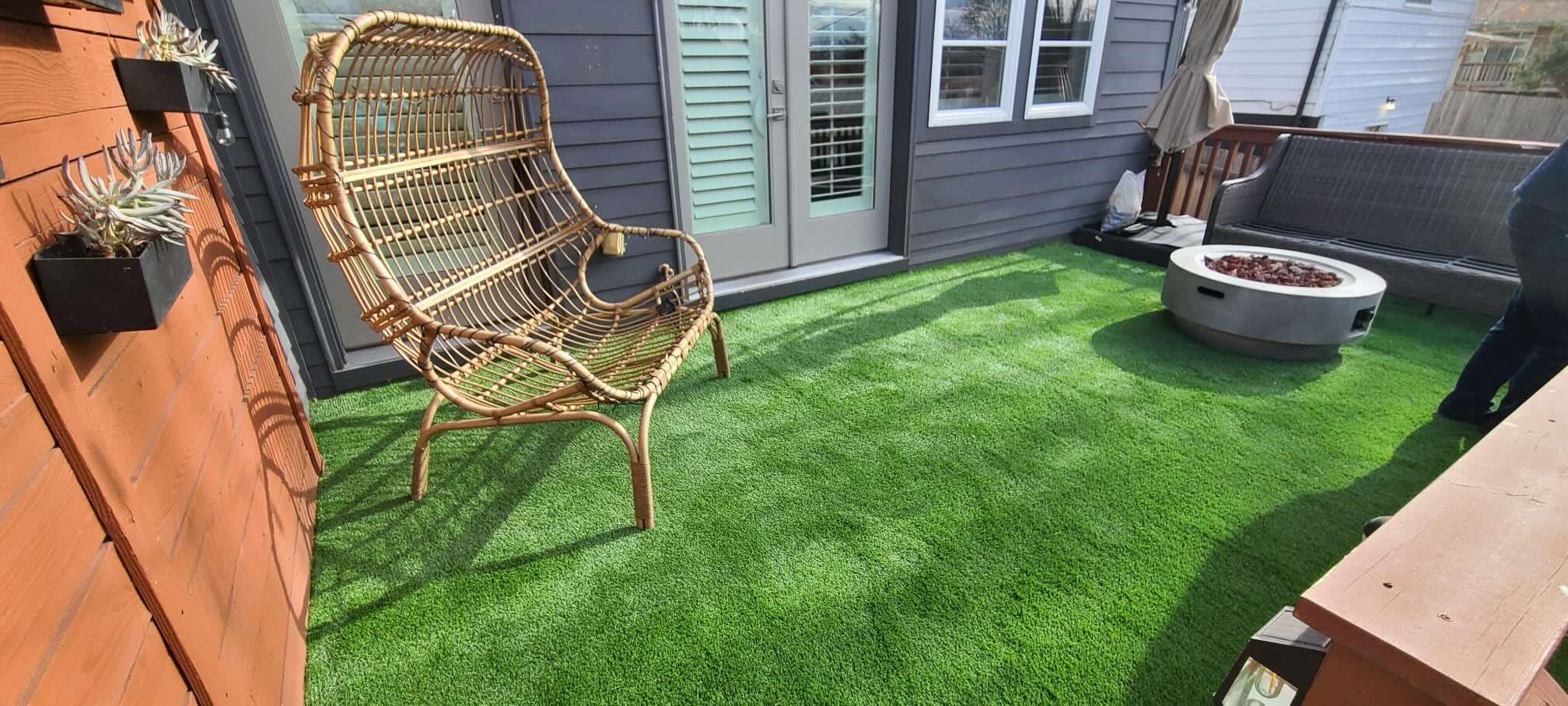
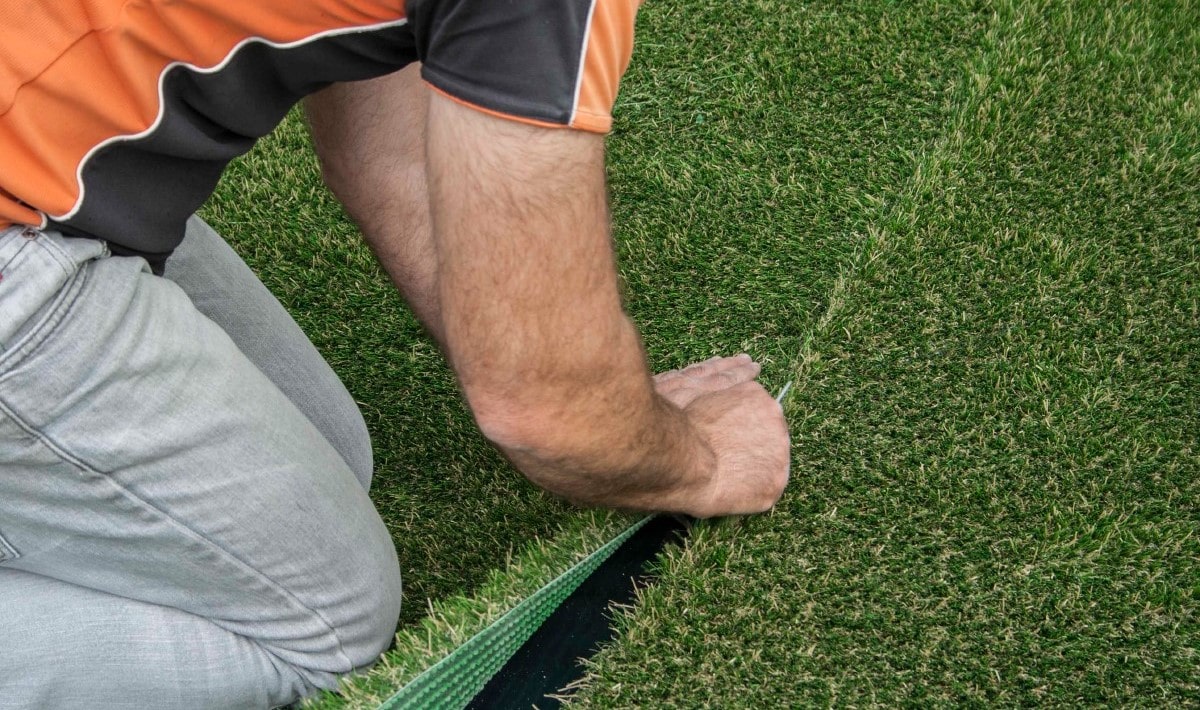
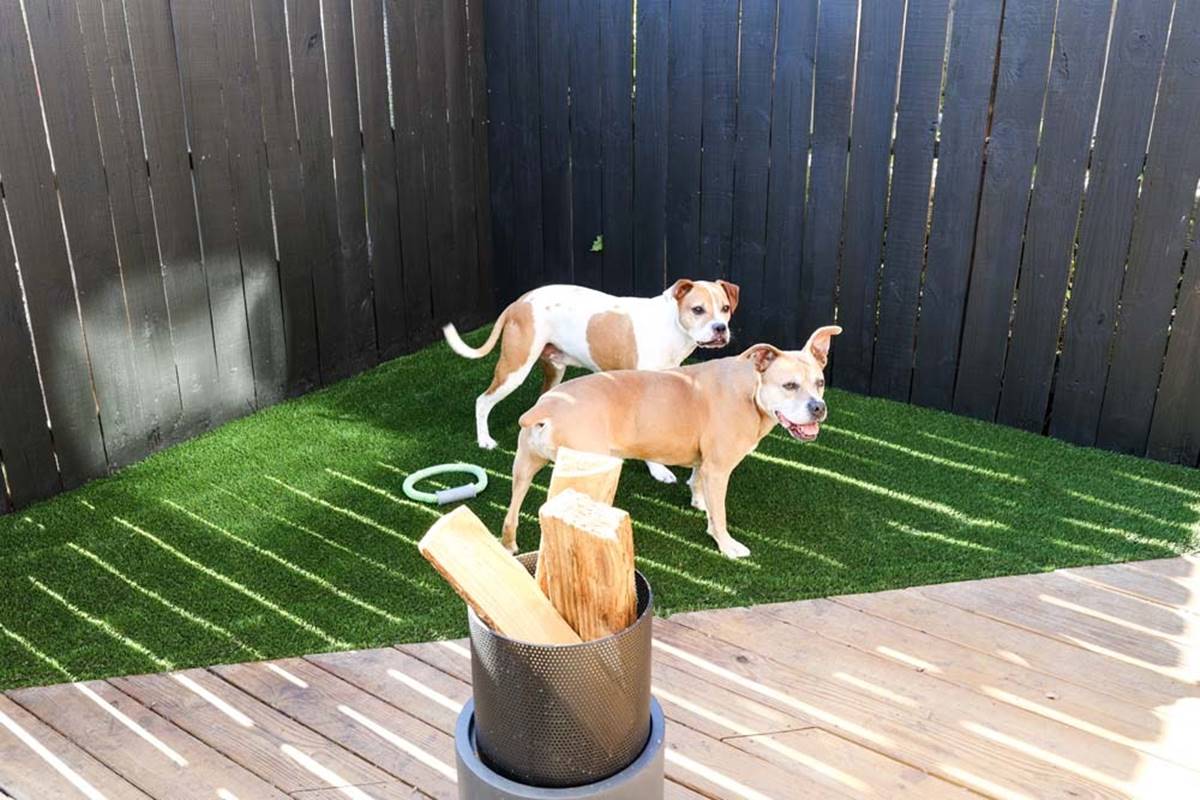
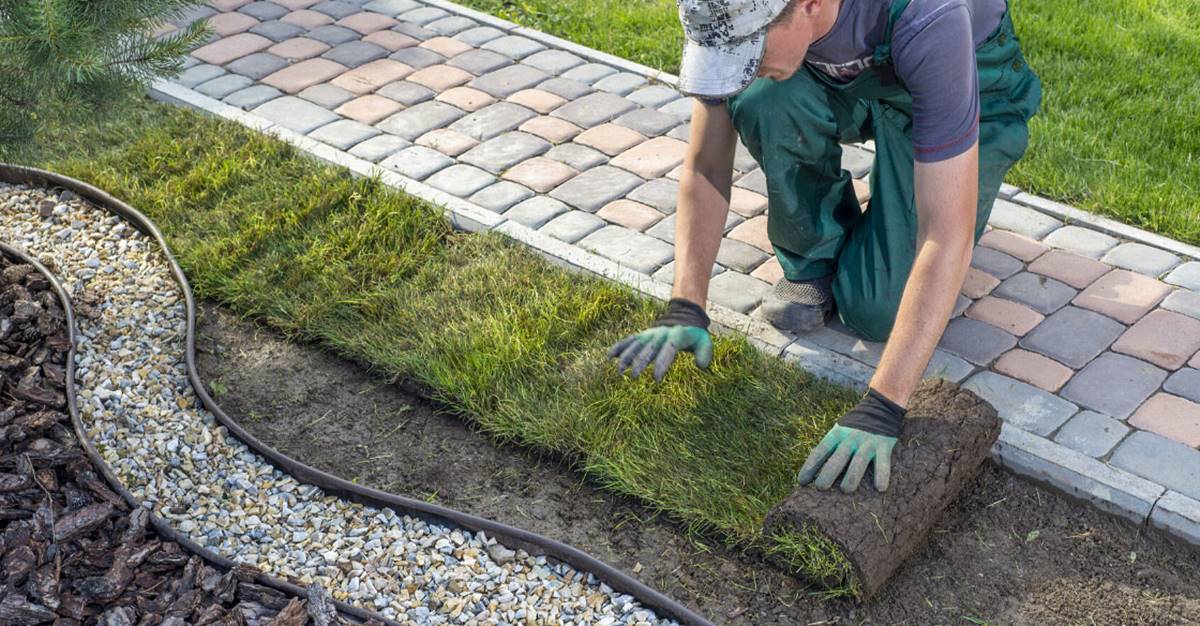
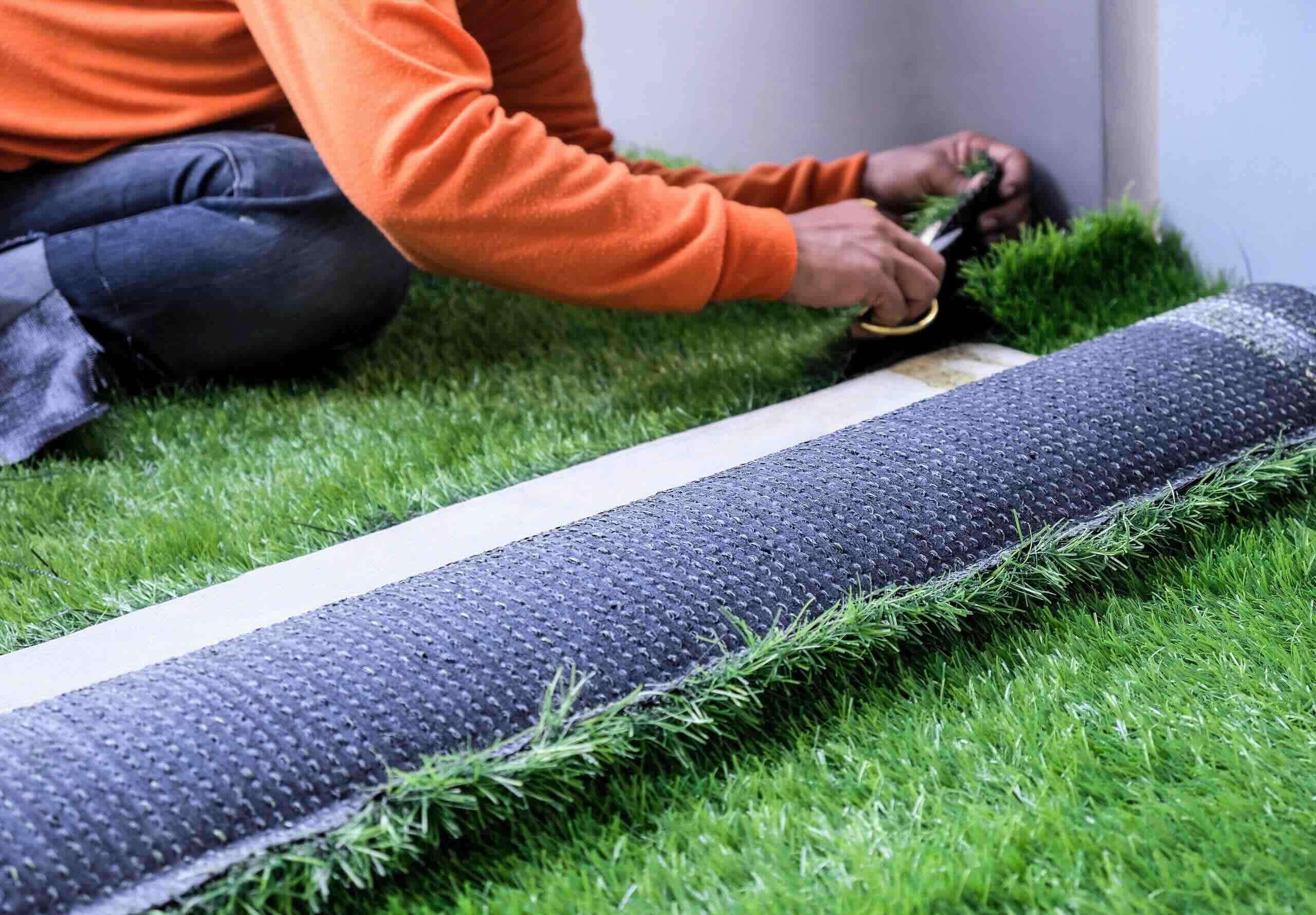
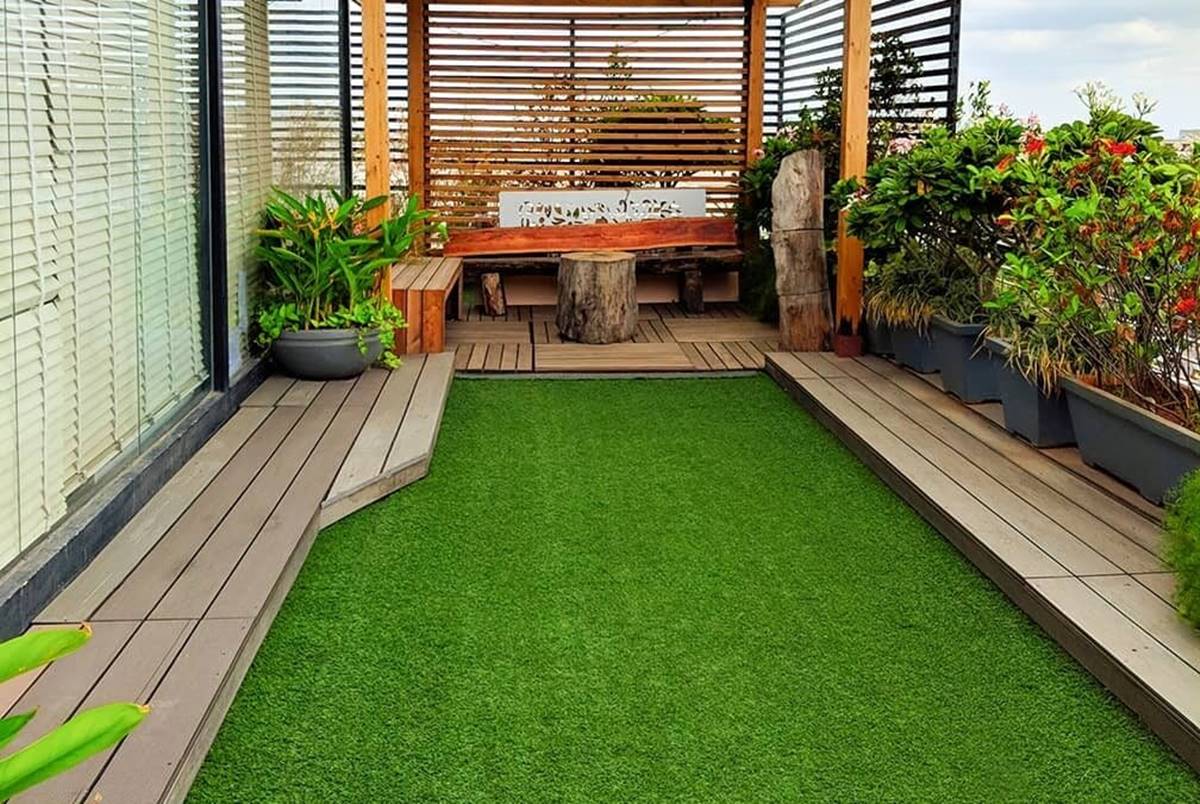
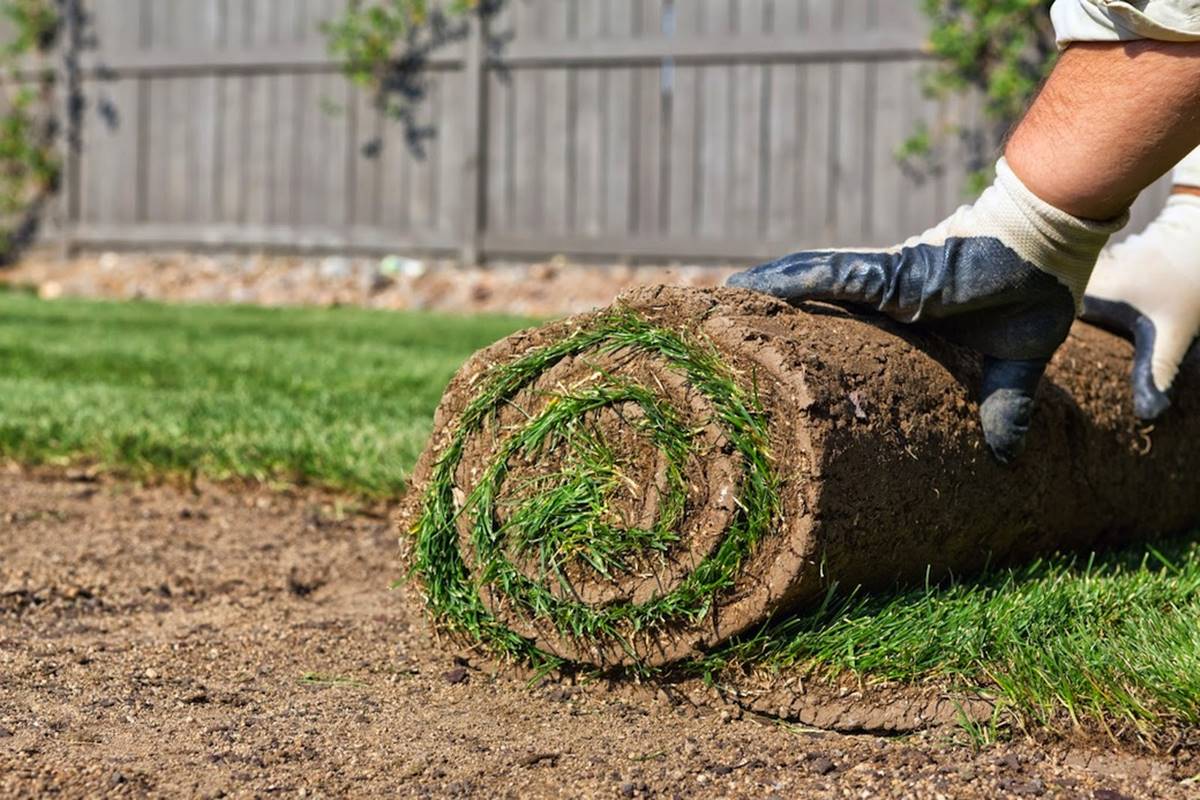
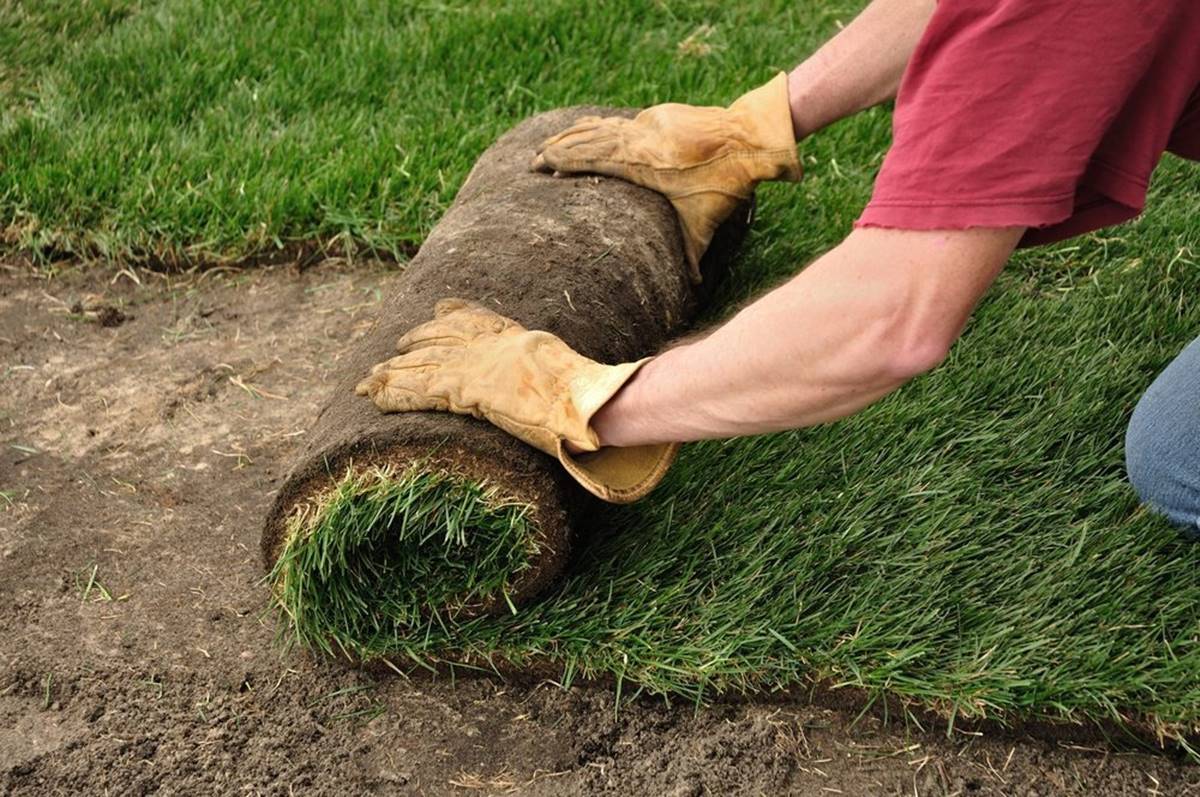
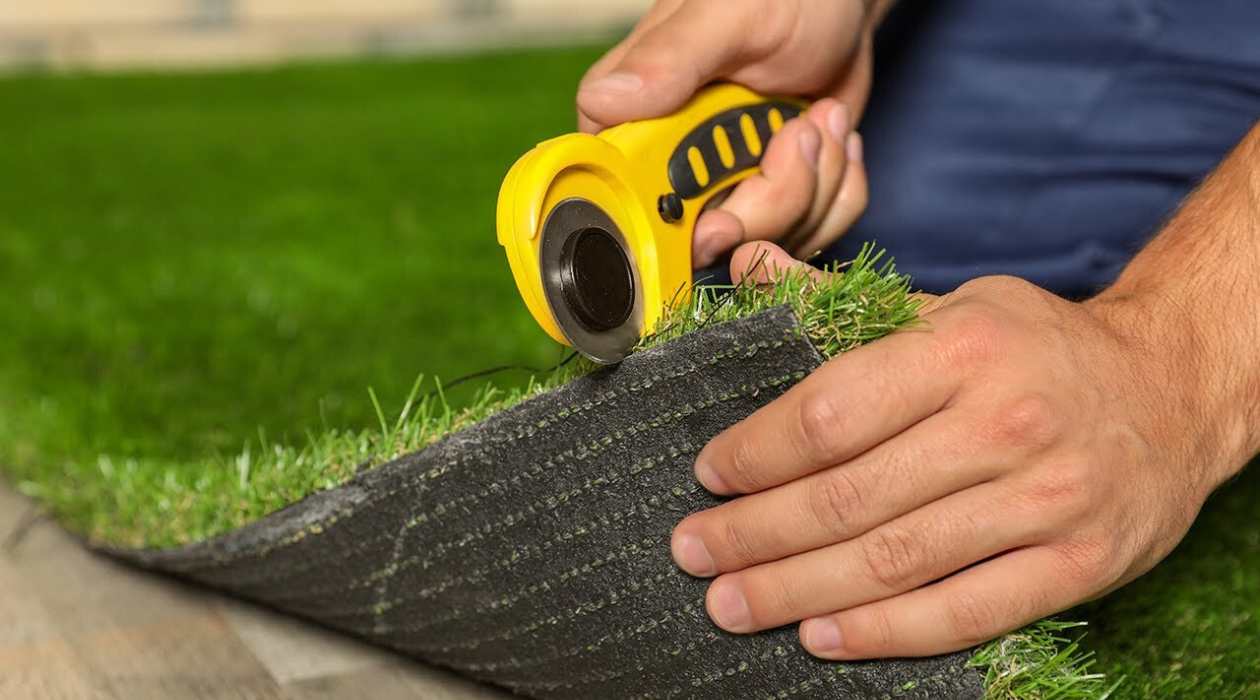
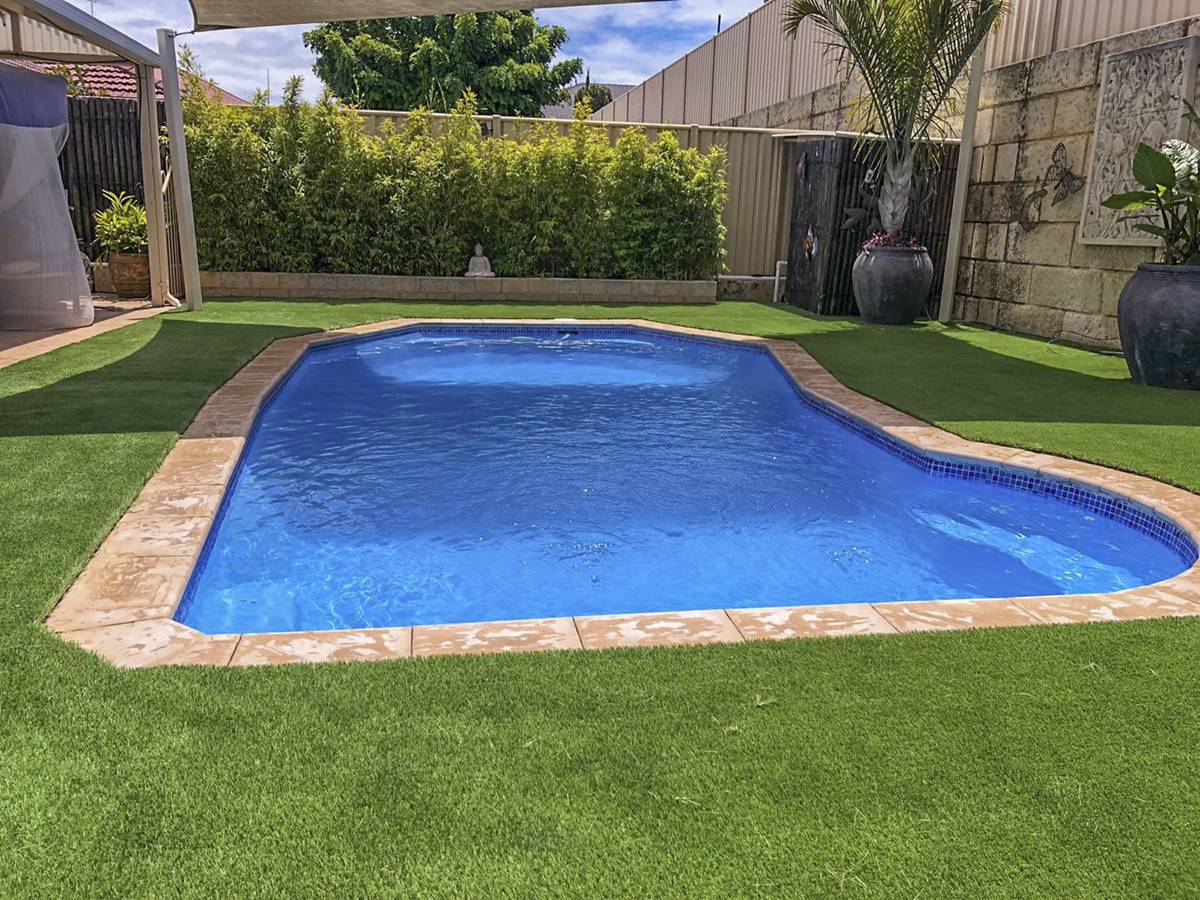
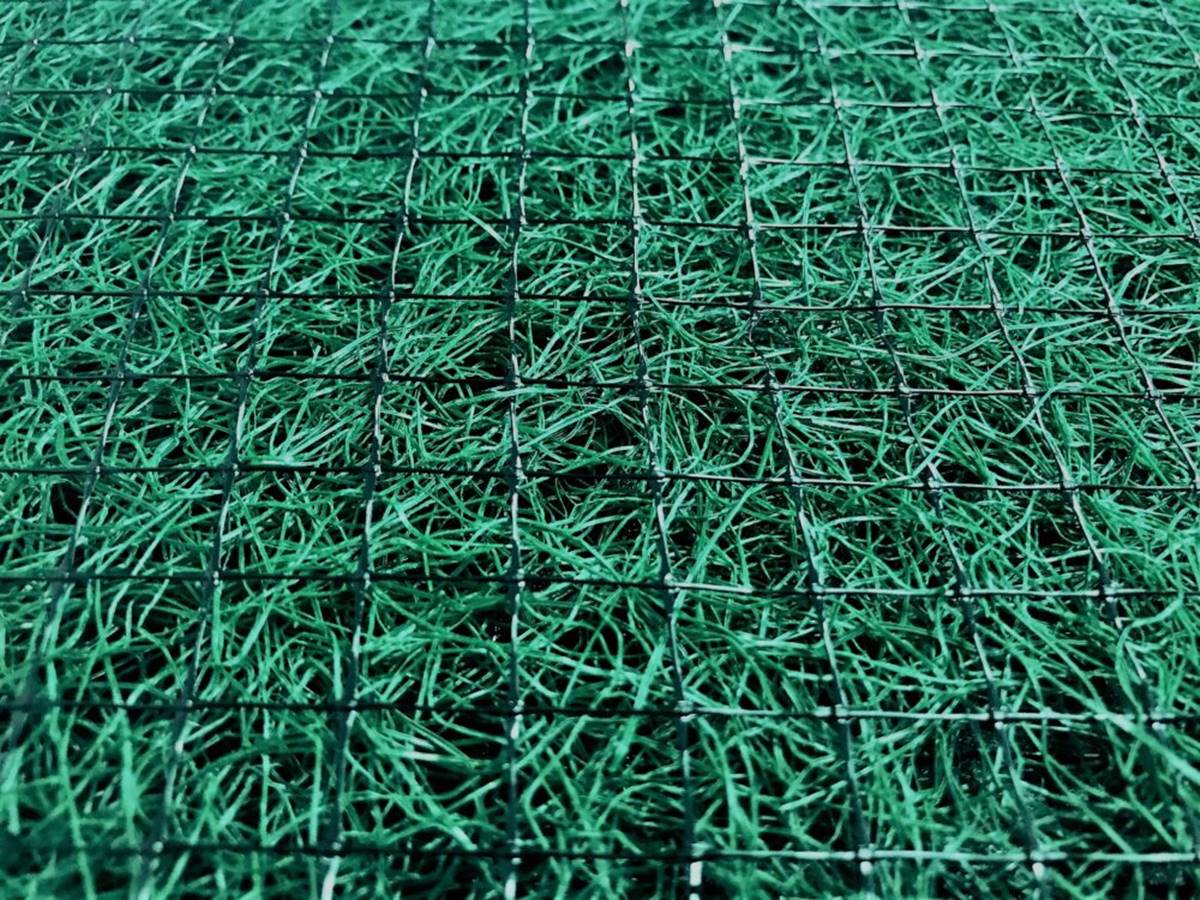
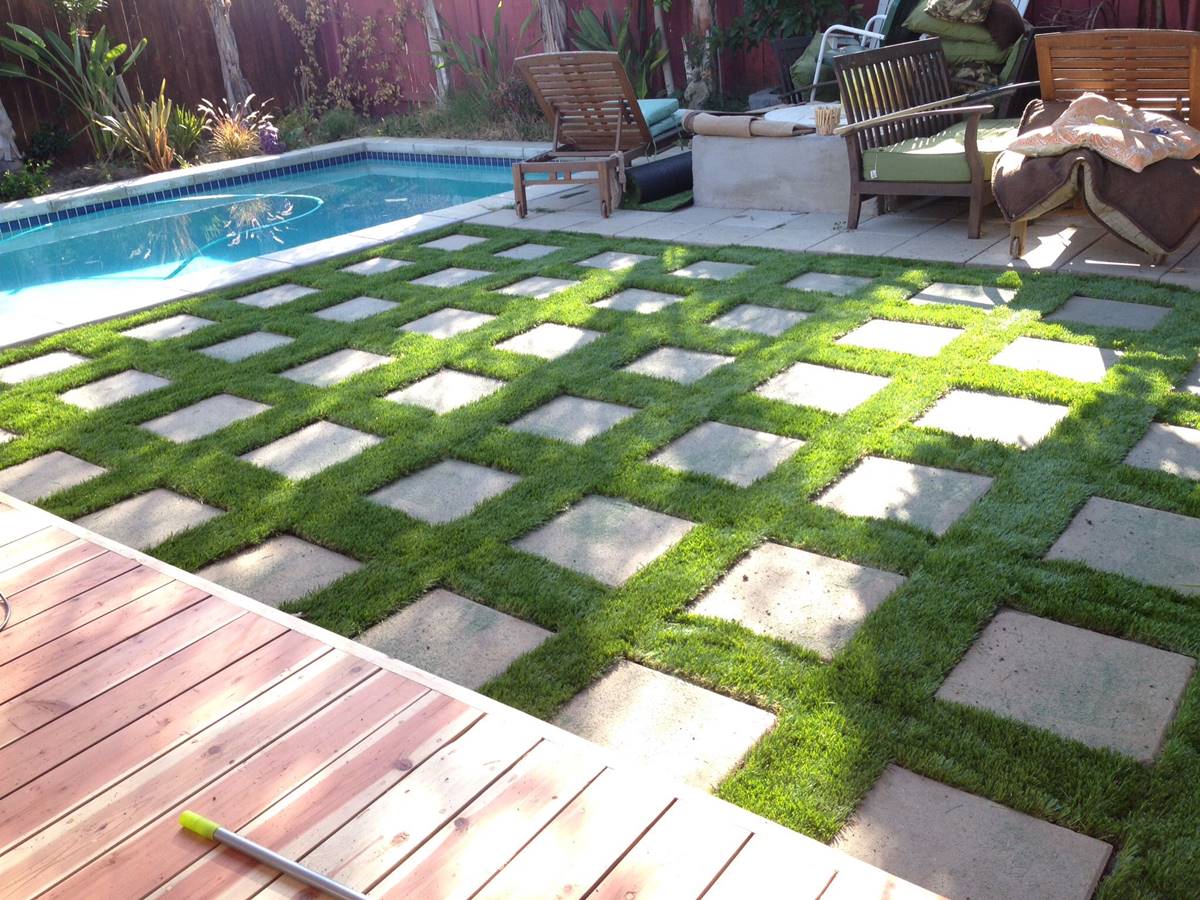
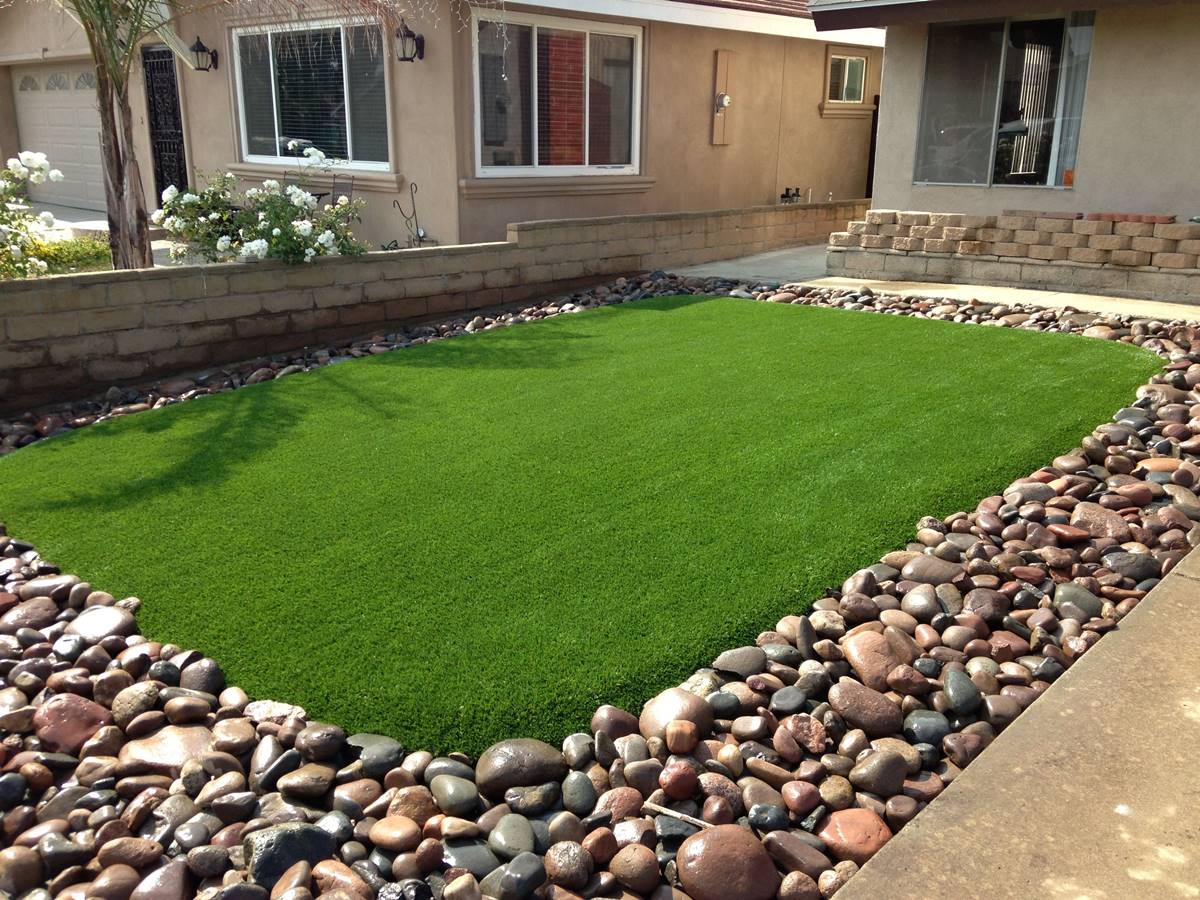


0 thoughts on “How To Install Turf Grass On Concrete”